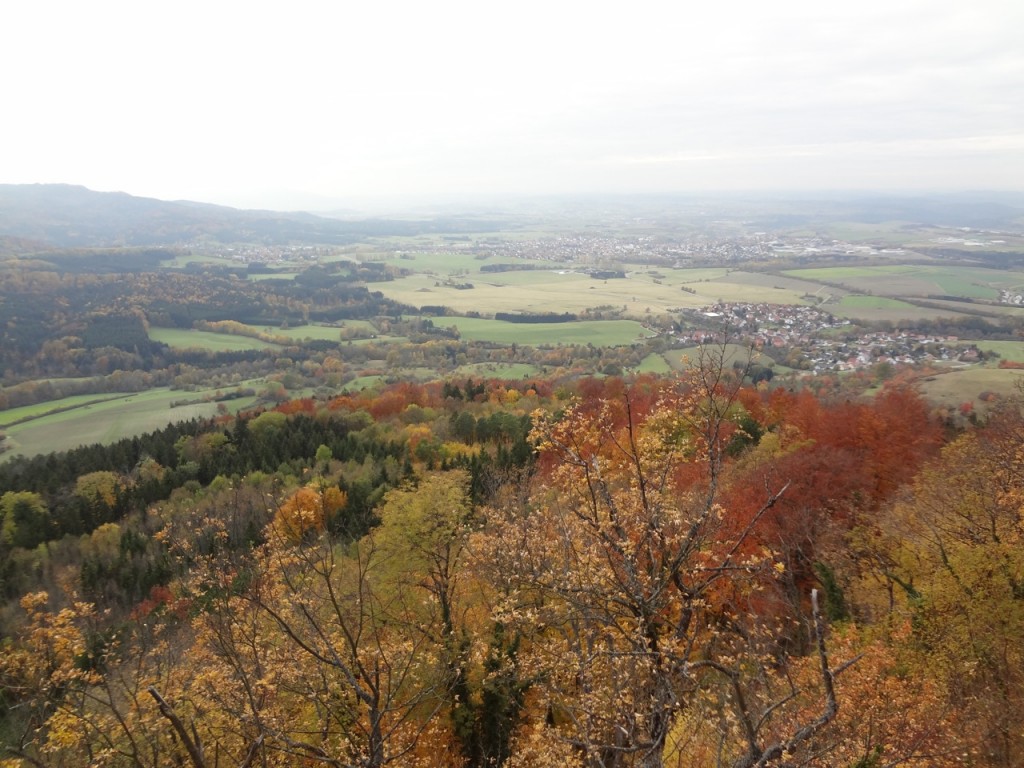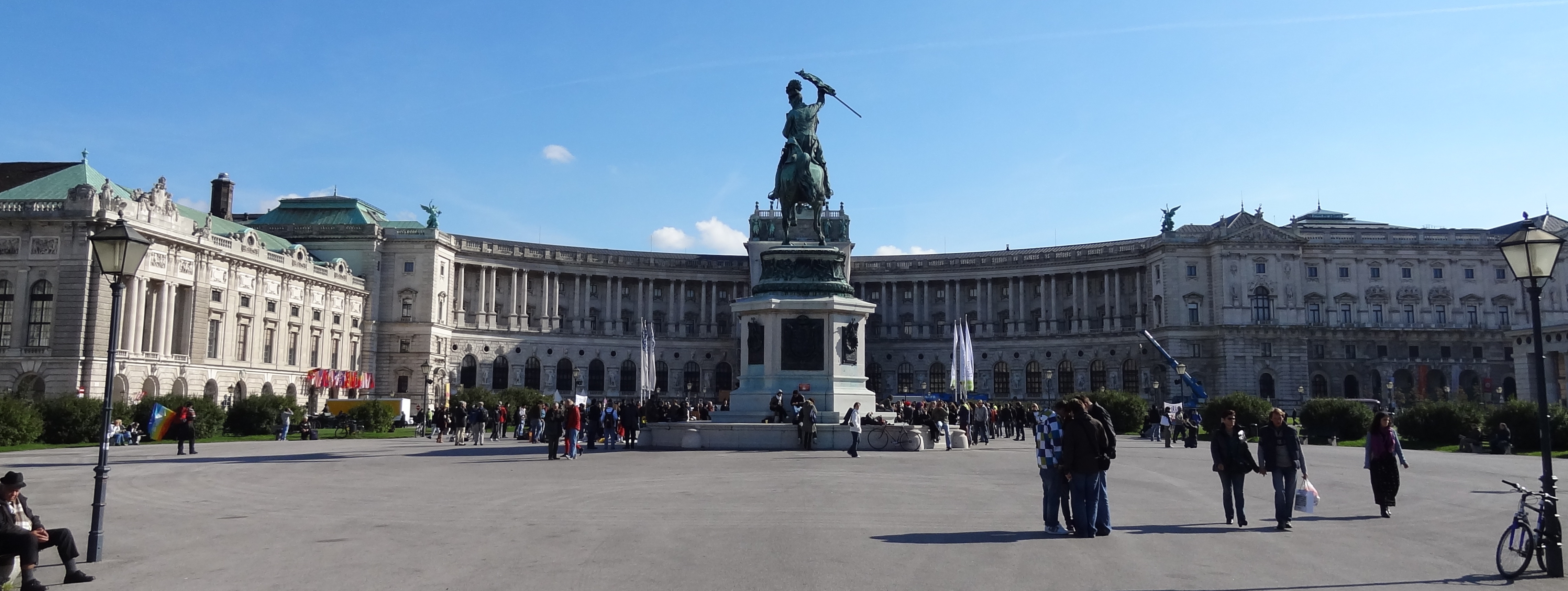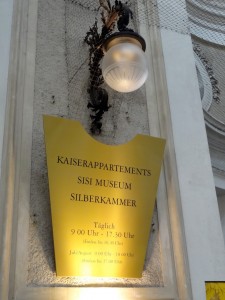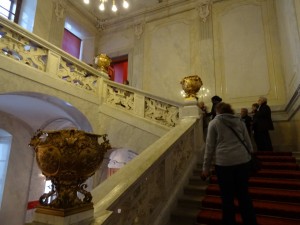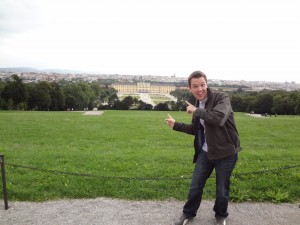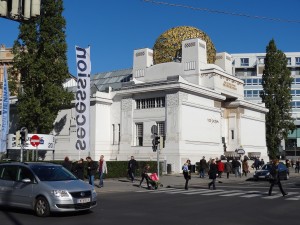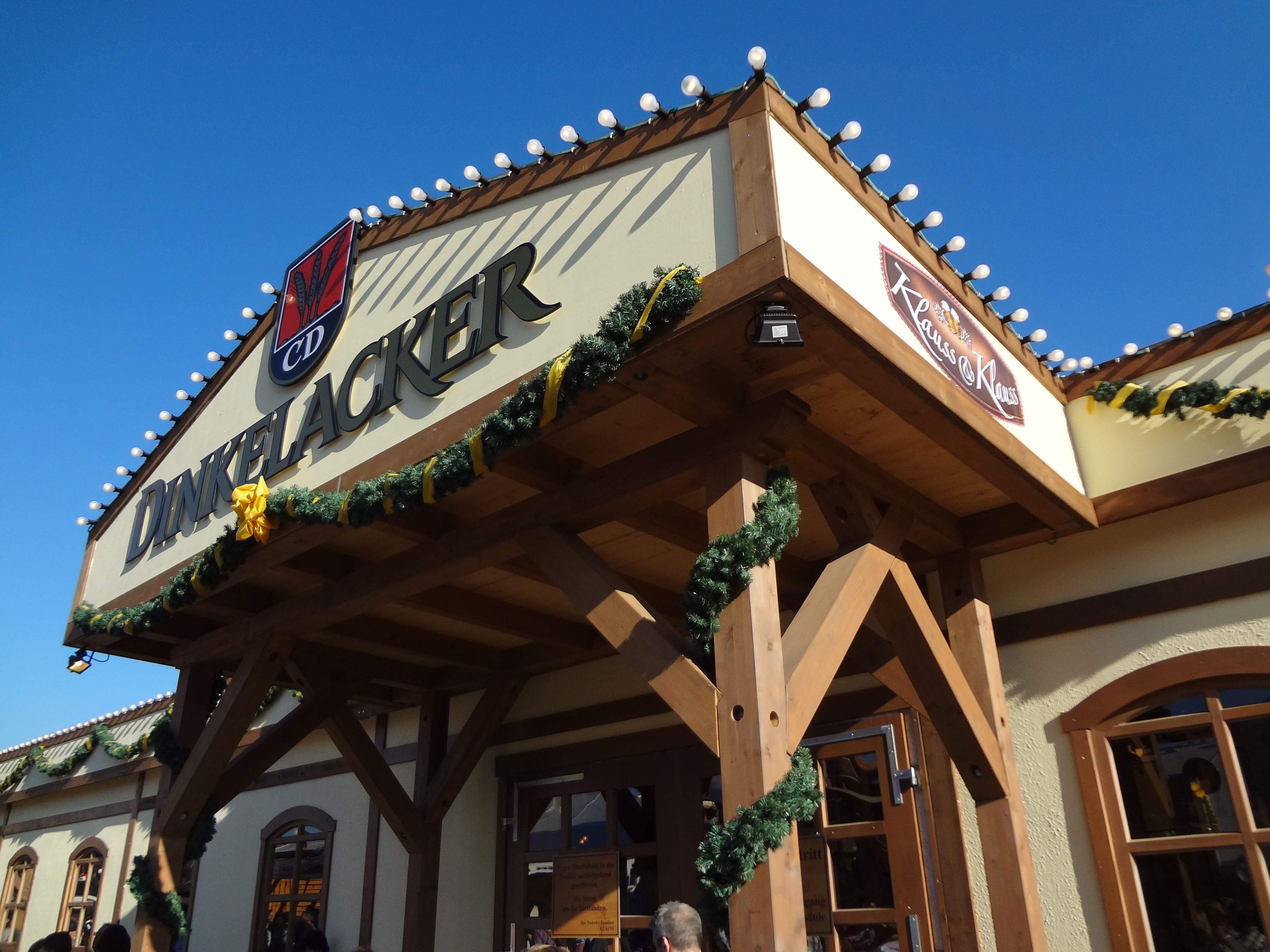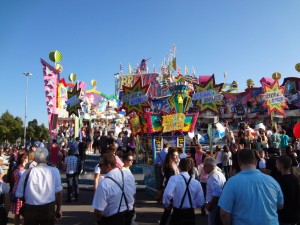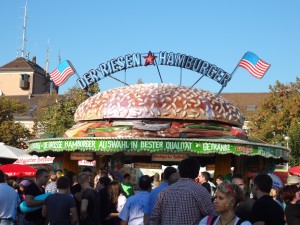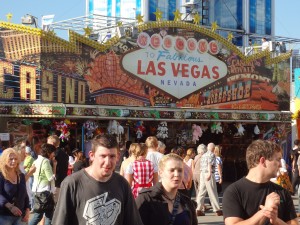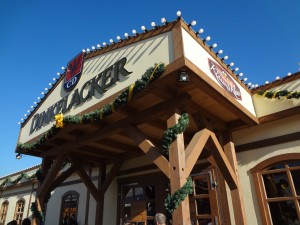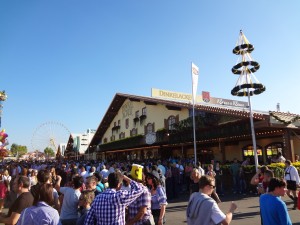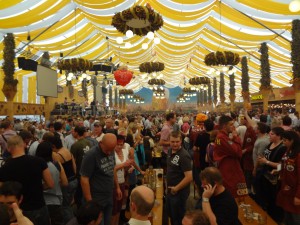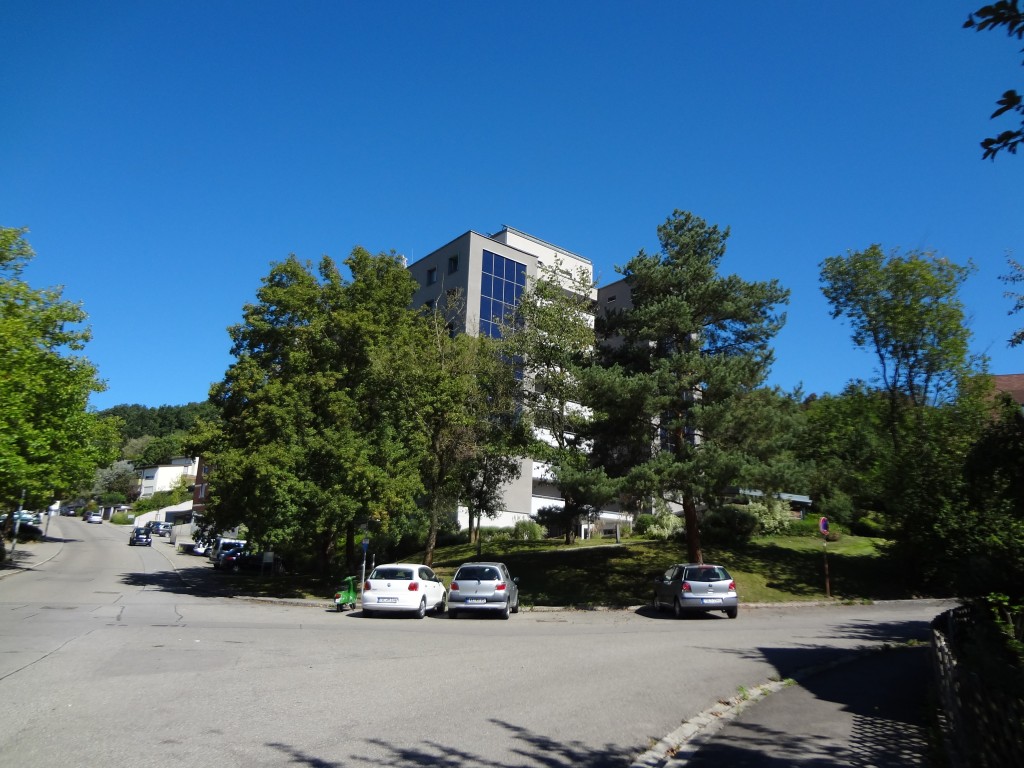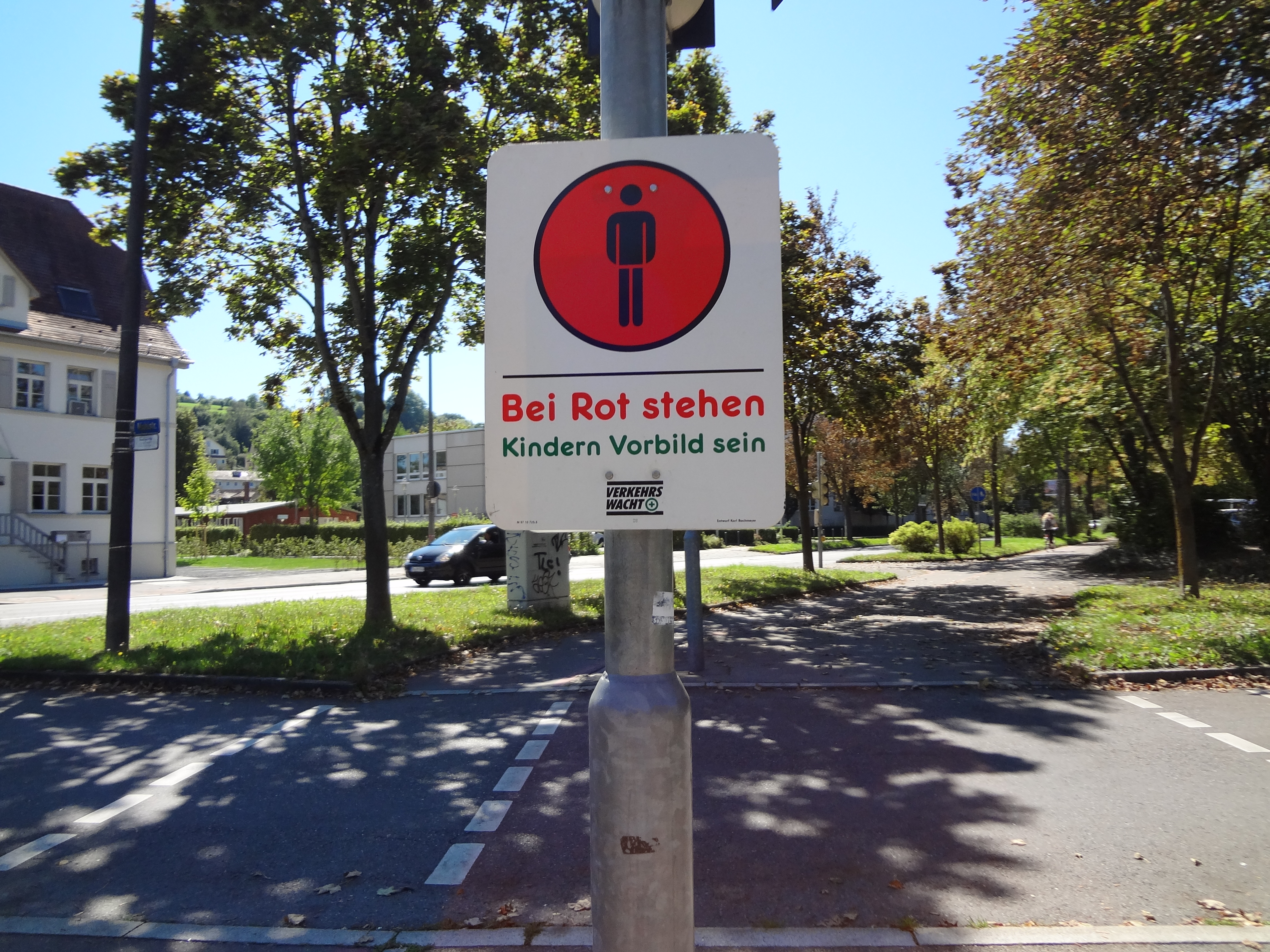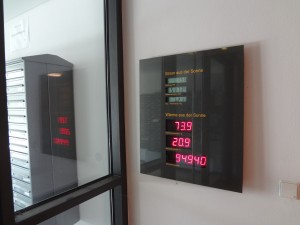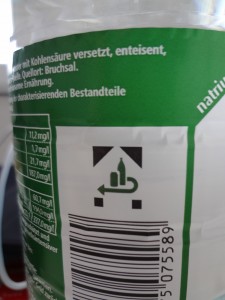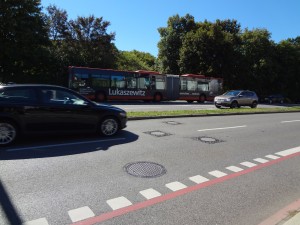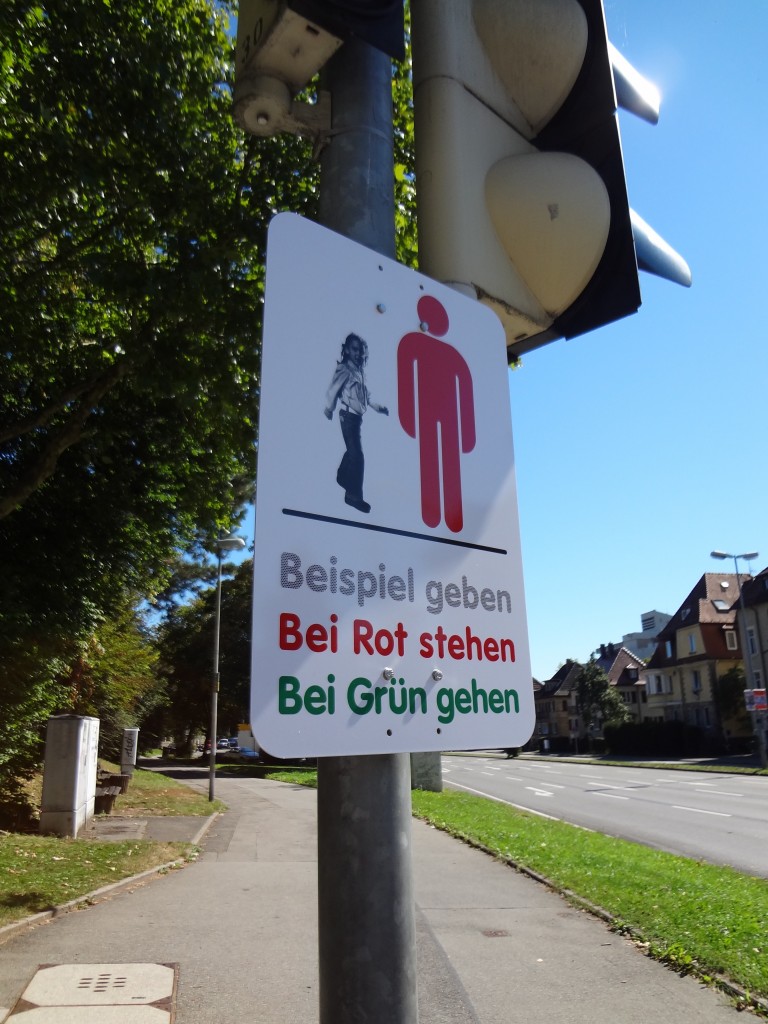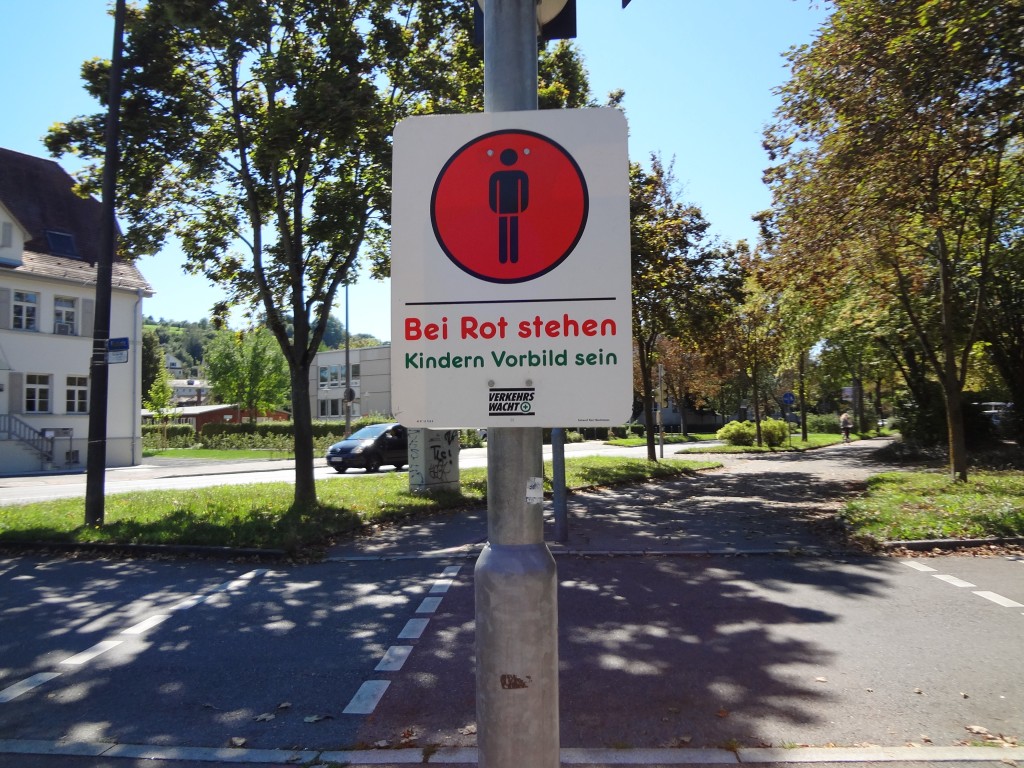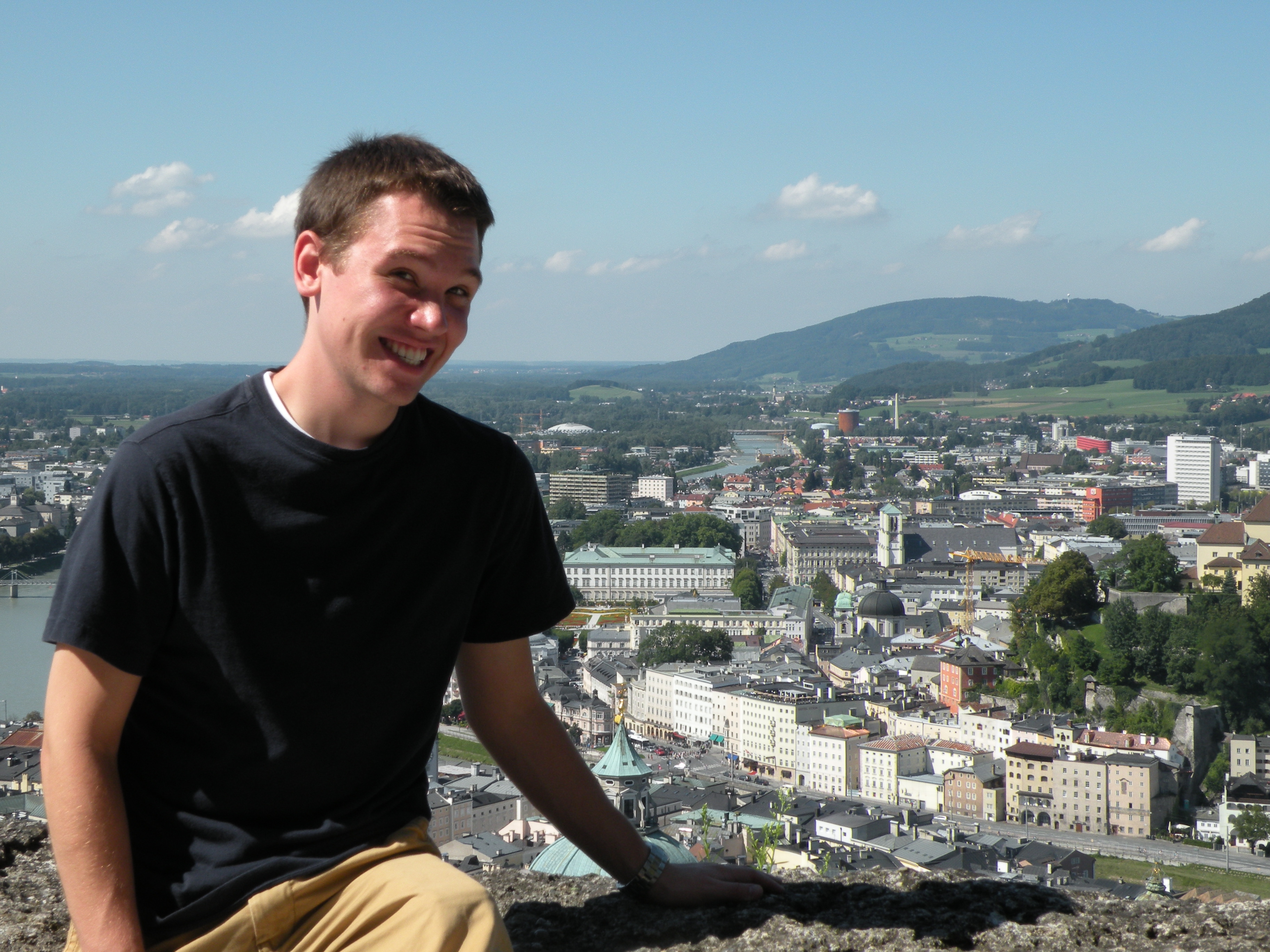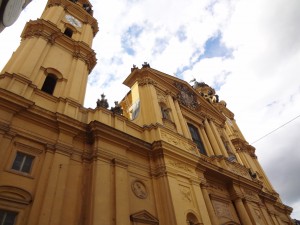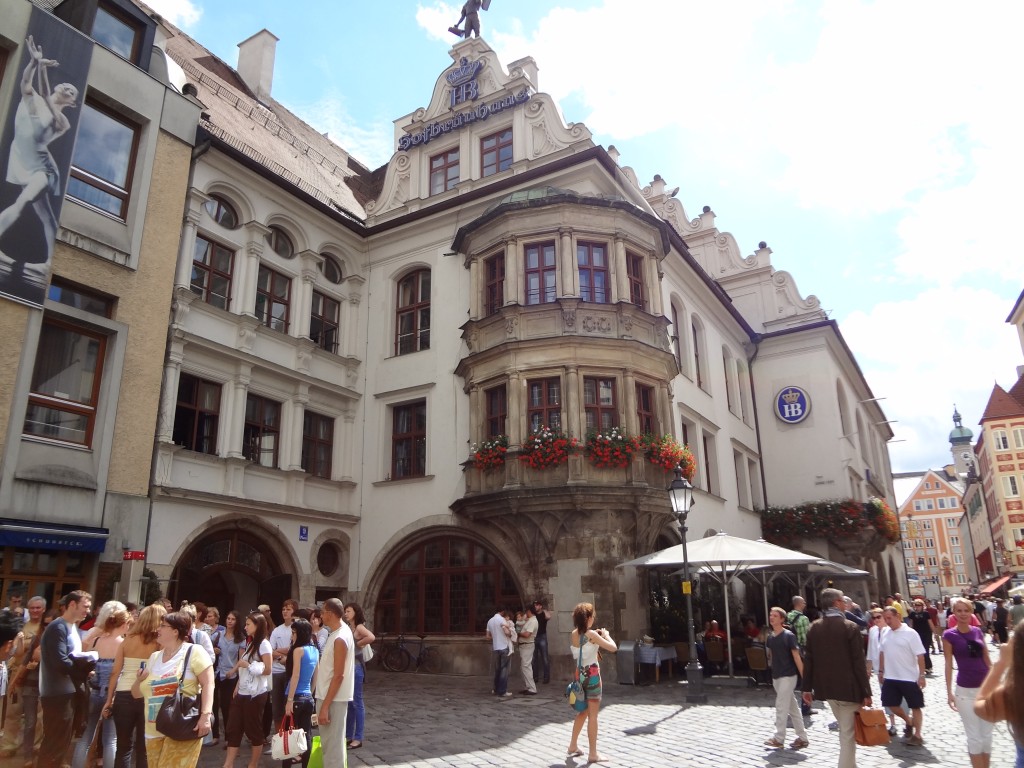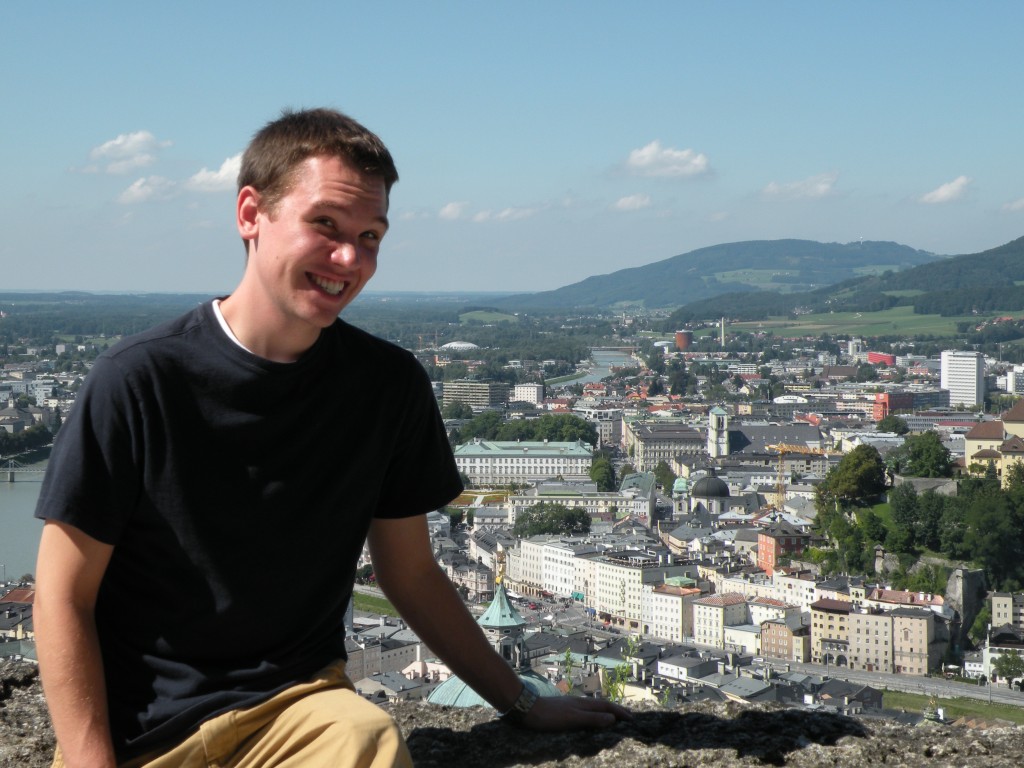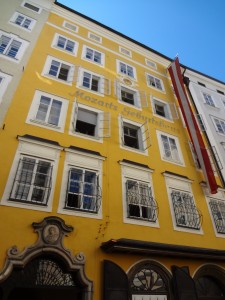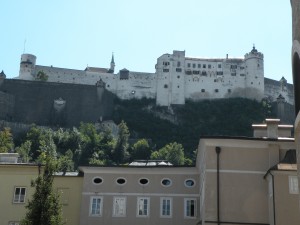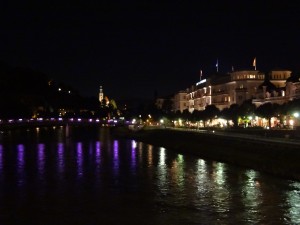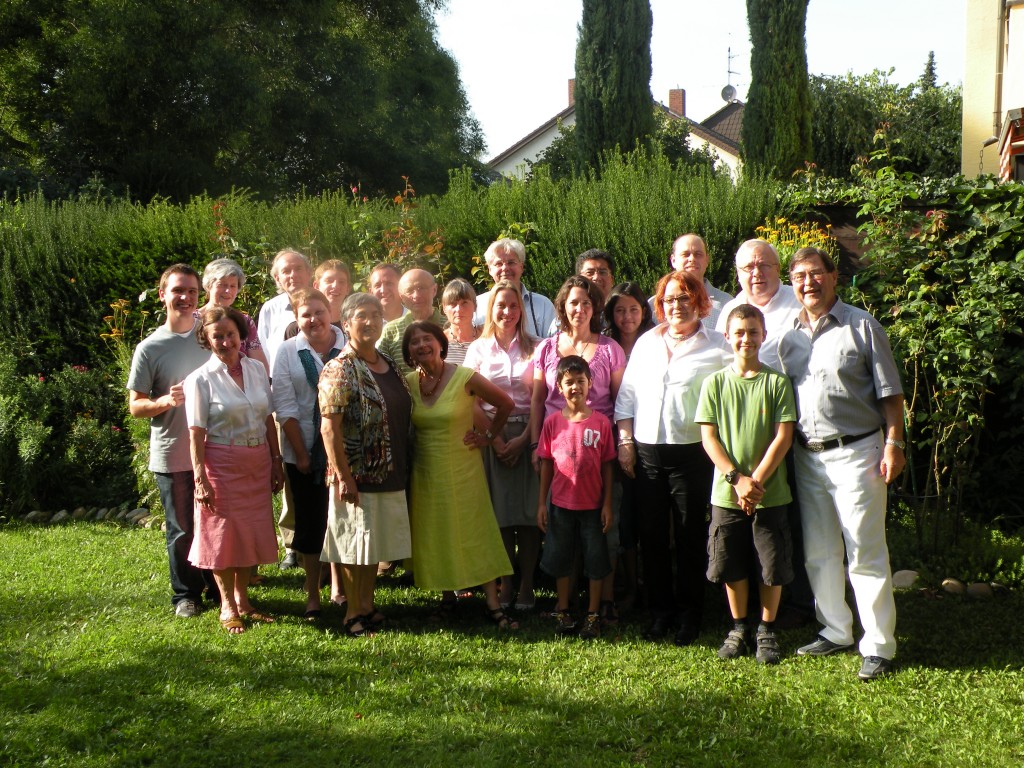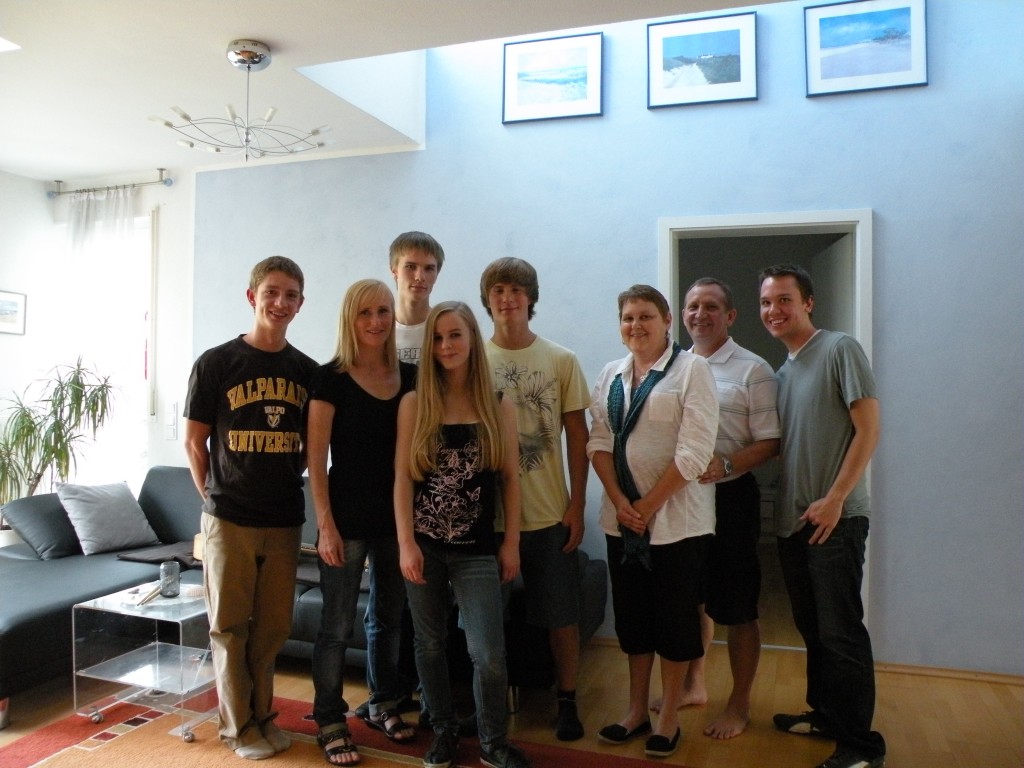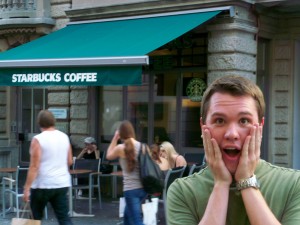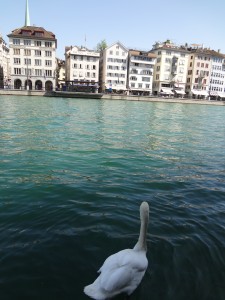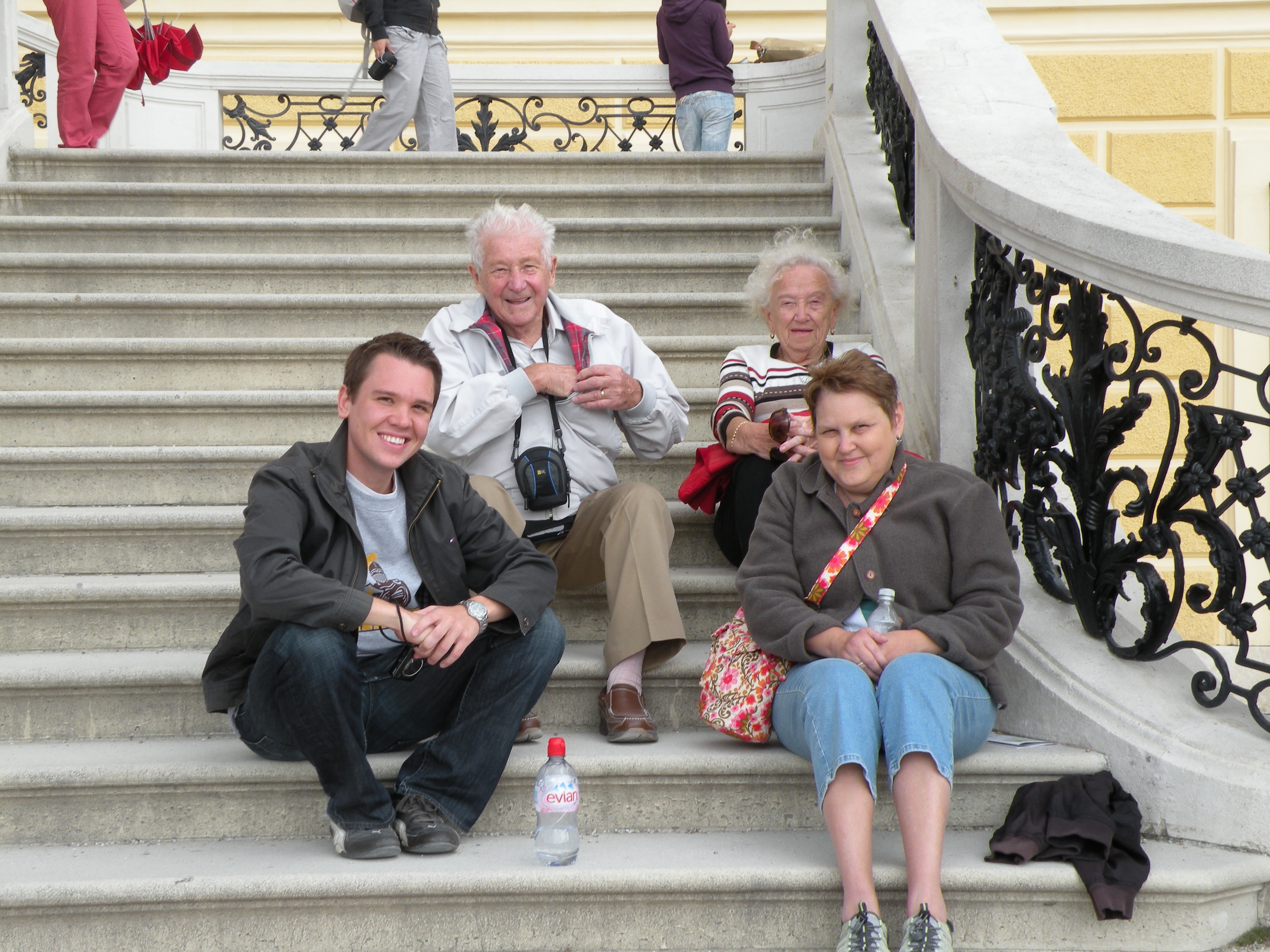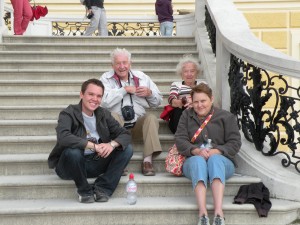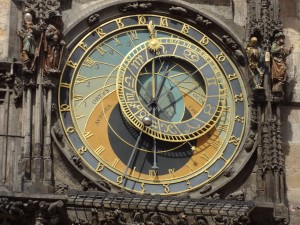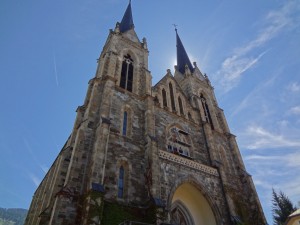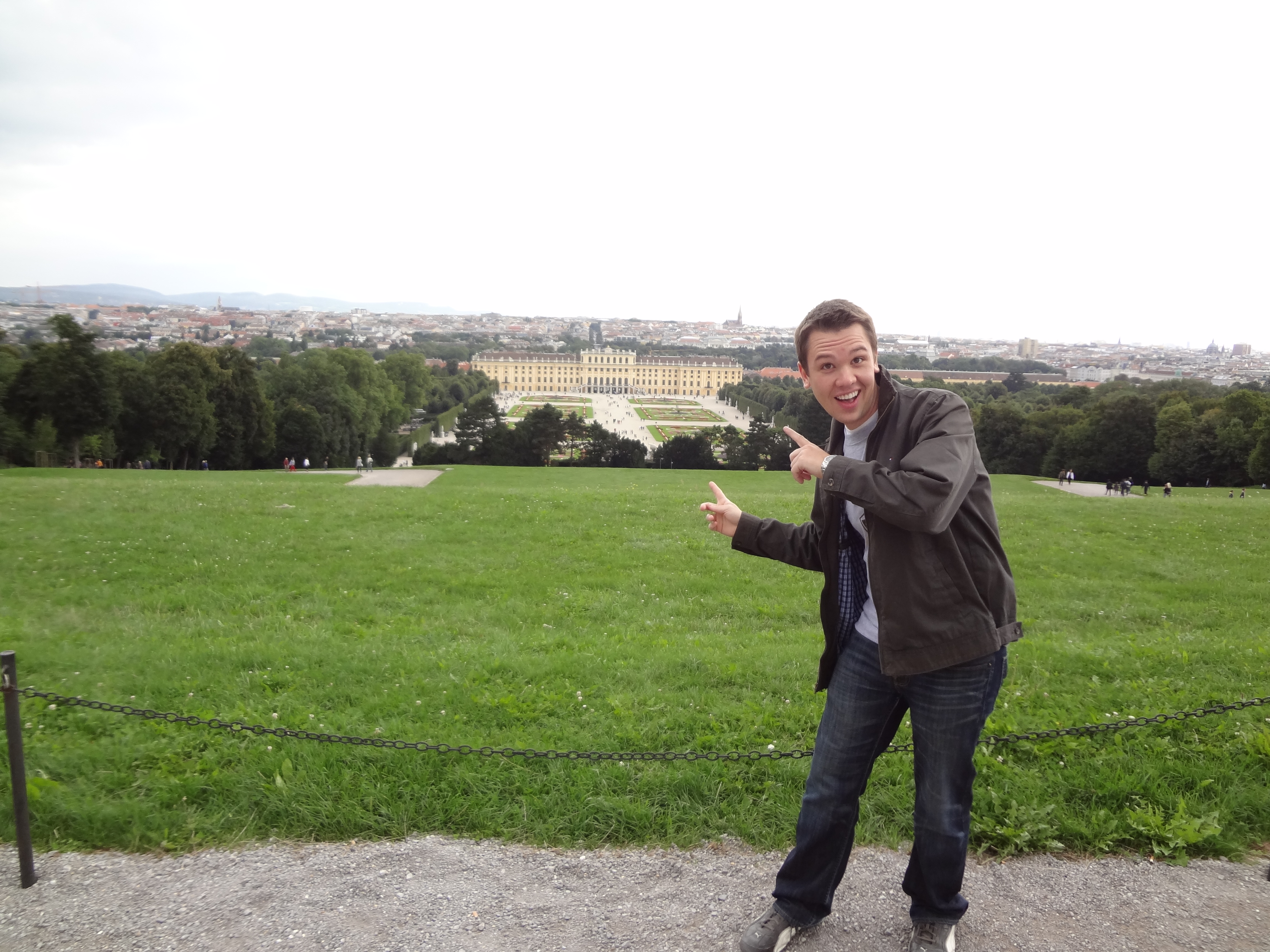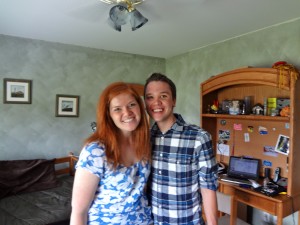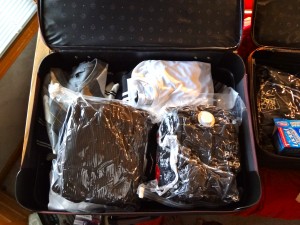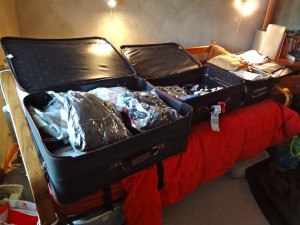So all this time in Germany has been a great experience. (okay, well… Like 92% a great experience, 4% painfully awkward, 3% learn-it-the-hard-way, and 1% I-can’t-believe-time-is-going-this-fast)
The other week, some of our friends from Belgium invited us over to celebrate their “Sinterklaus” day with some traditional food. They have Christmas too, but for kids “Sinterklaus” day is the holiday where they get most of their presents, while Christmas is more of a family holiday. The party they threw for us was a ton of fun: I’d classify it under the “great” experience category.
As a gesture of niceness, us Americans then decided that it would be a cool idea to cook a big Thanksgiving dinner for all our international friends! Thanksgiving is uniquely American, right? And how hard could it be to cook some turkeys, mash some potatoes and prepare for their questions by reading the Wikipedia article on “the first thanksgiving” ? Well… Harder than we thought.
Now, I want to be upfront with you all. Before I go on, you should know this experience fits into the “learned-it-the-hard-way” category.
Our first problem was deciding how many people to invite. Mistake #1? Inviting twenty people.
Then came the problem of the turkeys. Turkey isn’t as popular here in Germany as back in the states, so it took us about a week of scouting out the various grocery stores around Tübingen to find turkey that didn’t come in a can and wasn’t shredded for lunchmeat. But surely enough, Zach came through and found us some “deep frozen turkeys complete with giblets” at the REWE on the north side of town.
We toted the frozen birds all around town, made our way to Hannah’s and cleaned out her fridge to make room for 21 total pounds of good ol’ Thanksgiving TURKEYYY! She was even sweet enough not to care that there wasn’t much room for anything else in the fridge except the two beasts.
So began the next two and a half days of praying fervently that the turkeys would be thawed by the time we had to put them in the oven at 12 p.m. on Saturday.
The next days were filled with planning meetings and coming up with “oven schedules.” Because German ovens are absurdly tiny and we wanted to make an absurd amount of food, it took 4 different ovens (running a full 6+ hours) to prepare all of it. This meant running around all of Tübingen with casseroles, desserts, turkeys and everything else imaginable. . . but we’ll come to that later.
We agreed on Friday that we would meet the next morning bright and early and go shopping. We even decided to make the trip all the way to “Kaufland,” the largest big-box/grocery store in Tübingen. You know it’s important when the simple Edeka in the basement of the Nonnenhausmarkt won’t suffice.
We stocked up on pans, green beans, cranberries, bread, and just about anything else you could think of. We were on a mission! (Turns out, quite an expensive mission)
We returned to Hannah’s apartment with our spoils, only to find that her roommates had had a little party the night before. And by little party, I mean they trashed the entire kitchen and living room. And by trashed, I mean, essentially destroyed.
The Mess in Hannah's Wohnheim . . .
So, as we looked out over the ominous desert of empty beer bottles, plates, and half eaten pizza with our arms full with groceries, we decided we better get to work.
While some people began to clean up, Hannah and I decided to start with some desserts that we could bake earlier, and then leave in the fridge to be served cold. My family has this fantastic Jello Salad that they make every Thanksgiving, and so I decided to try and make that. The Salad consists of a baked crushed pretzel crust, followed by a layer of whipped cream/cream cheese, topped off with strawberry Jello.
But, of course, we couldn’t find “Jello” at Kaufland. We only found unflavored Gelatin, and figured that would have to make due.
As I made the Jello Salad, Hannah worked on her Apple Crisp. Everyone else started to clean, we put on some music, and everything was looking up. Maybe it wouldn’t be so bad after all, we thought to ourselves. We were actually kind of having fun!
And then everything started to go terribly wrong. Terribly, terribly wrong.
(Part II coming soon!)
How’s THAT for a cliff hanger!? Here’s a little foreshadowing of how my Jello Salad turned out –
Jello Salad? If you can call it that...
—–
Thanks to Emily Stillman for providing the pictures! I was running around like crazy the whole day and didn’t have my camera with me.


